Wake up and smell the coffee in Araku Valley
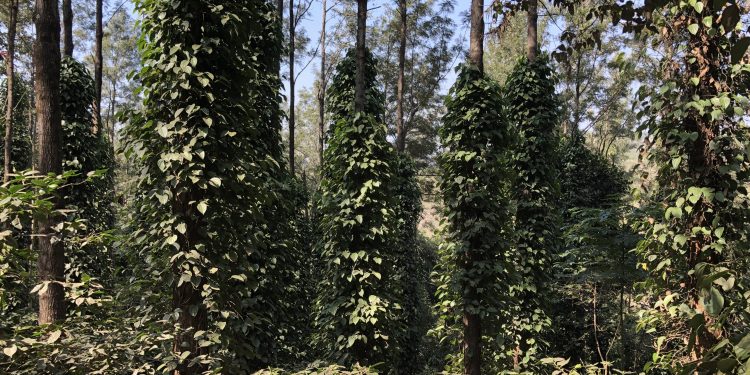
It was a hot and dry afternoon as we took the road from Visakhapatnam towards Araku Valley, located in the Eastern Ghats in Andhra Pradesh. Our tryst was to soak in the flavours of Araku Valley Coffee . On the way, however, we stumbled upon the magnificent Borra Caves. Nestled in the Ananthagiri Hills they are one of the deepest caves in India, plunging to a depth of 250 feet, and are known for their mammoth limestone cave formations in the form of larger-than-life stalagmites and stalactites. But as we entered the mouth of the cave, we were in for a surprise. The surreal and dramatic caves looked straight out of a film set with psychedelic lights, giving it a purple, pink, green, orange, and blue tinge. Despite it becoming a tourist trap, the Araku Borra Caves had their own secrets.
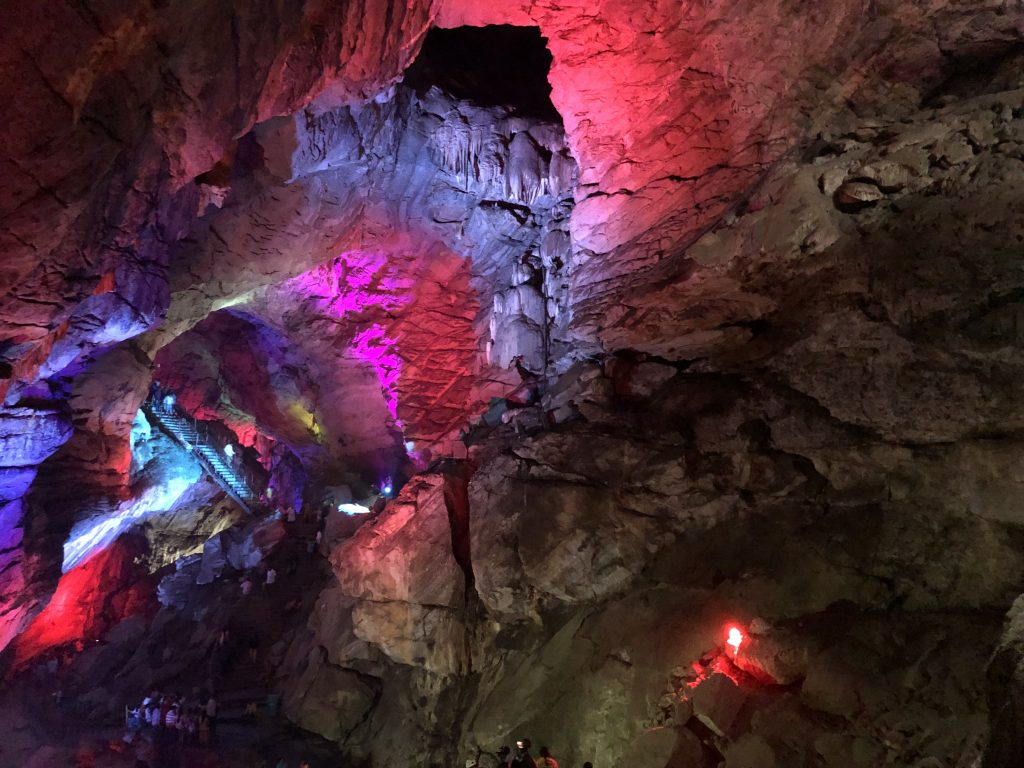
As we walked a little deeper into the heart of the caves, we gaped in awe at the stalagmites and stalactites which teased our imagination. While some of them took divine forms like the deities of Shiva and Parvati or that of a Lingam, there were others that resembled anything from a human brain to a mushroom, crocodile to a temple. The River Gosthani that flowed into the Bay of Bengal at Bheemili, close to Visakhapatnam originated from the caves and was the author of these cave formations. According to legends of the tribals, it was believed that a cowherd arrived here looking for his cow which had fallen into the caves. He however stumbled upon a lingam carved inside the cave. Local tribes believe that Lord Shiva protected the cave and built a temple just outside it.
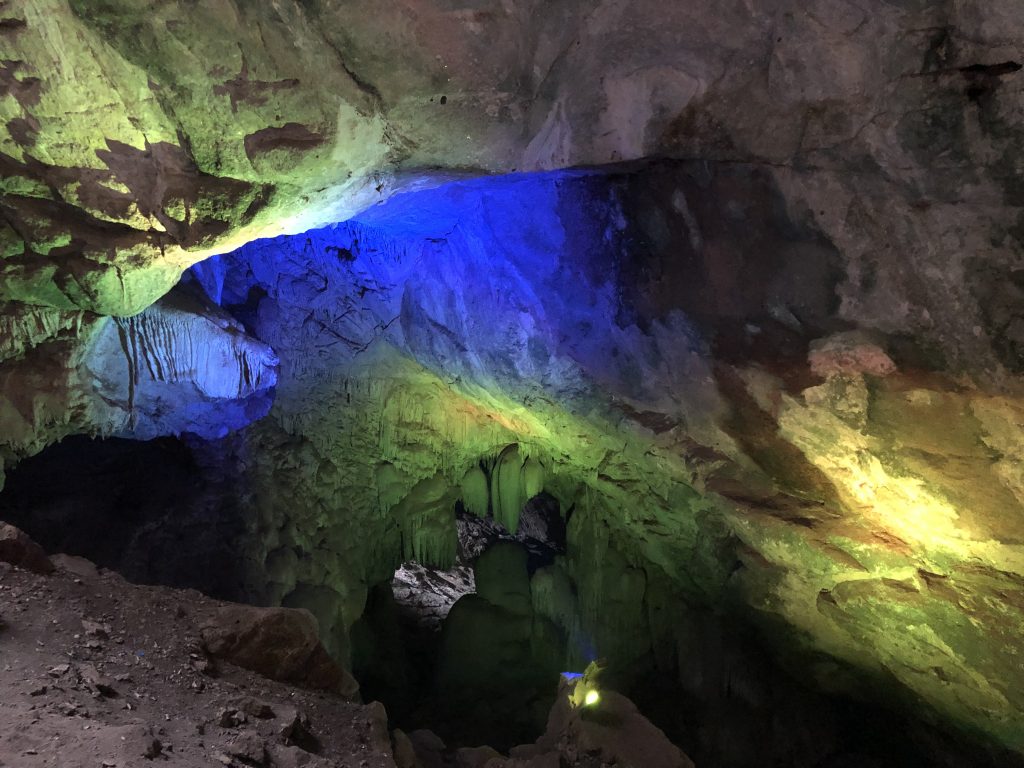
As we waded through a jamboree of devotees and tourists, we found ourselves in a colourful market where the flavour of the season was an aromatic Bambu Chicken. Almost every stall was surrounded by hungry travellers as the locals stuffed a spicy chicken curry into long hollow bamboo stems and cooked them for over 20-30 minutes. I learnt that in the tribal lingo, they called it Kufiya Sidira and it was a local delicacy.
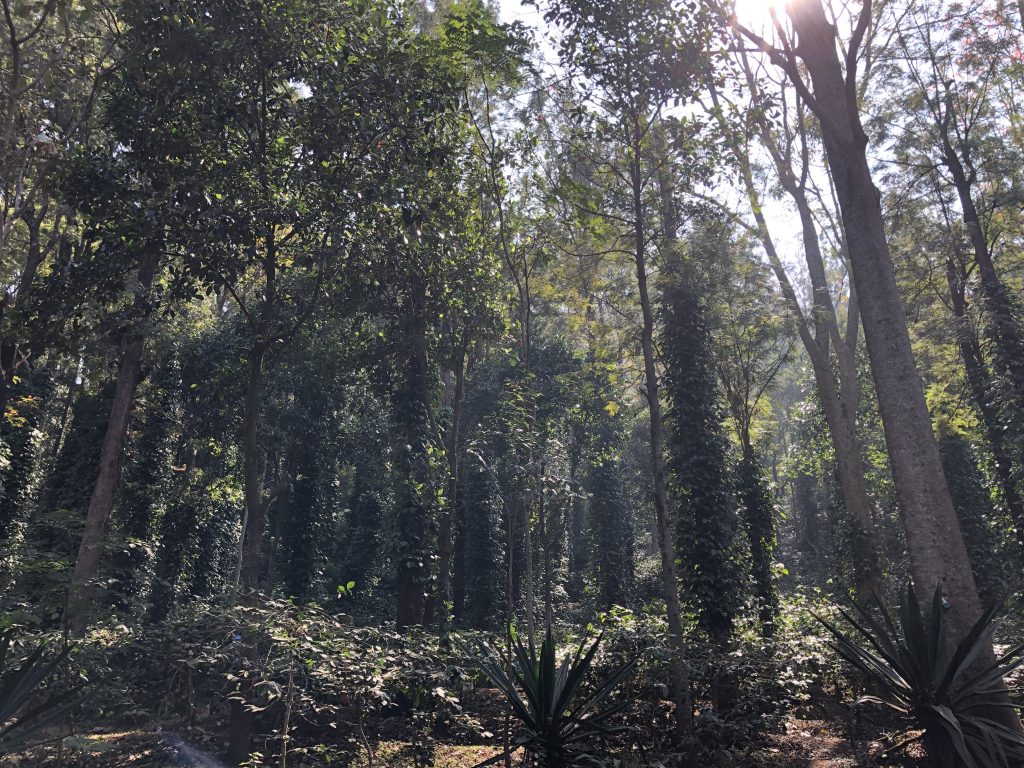
The weather slowly changed as we climbed uphill. It was nippy with the promise of a downpour anytime. The valley enclosed the Sunkarimetta Reserve Forest which came alive with bird calls. But as we drove through the winding mountain roads, carpeted with the dense forests, I was fascinated with the Araku Valley coffee plantations that lined the road. WIth pepper creepers snaking around the silver oak trees, the arabica plants were sheltered in shade. A row of shops lined the roads where we could taste the coffee and explore the plantations. As we sauntered through the lush landscape, I heard some interesting snippets of history of the coffee plantations.
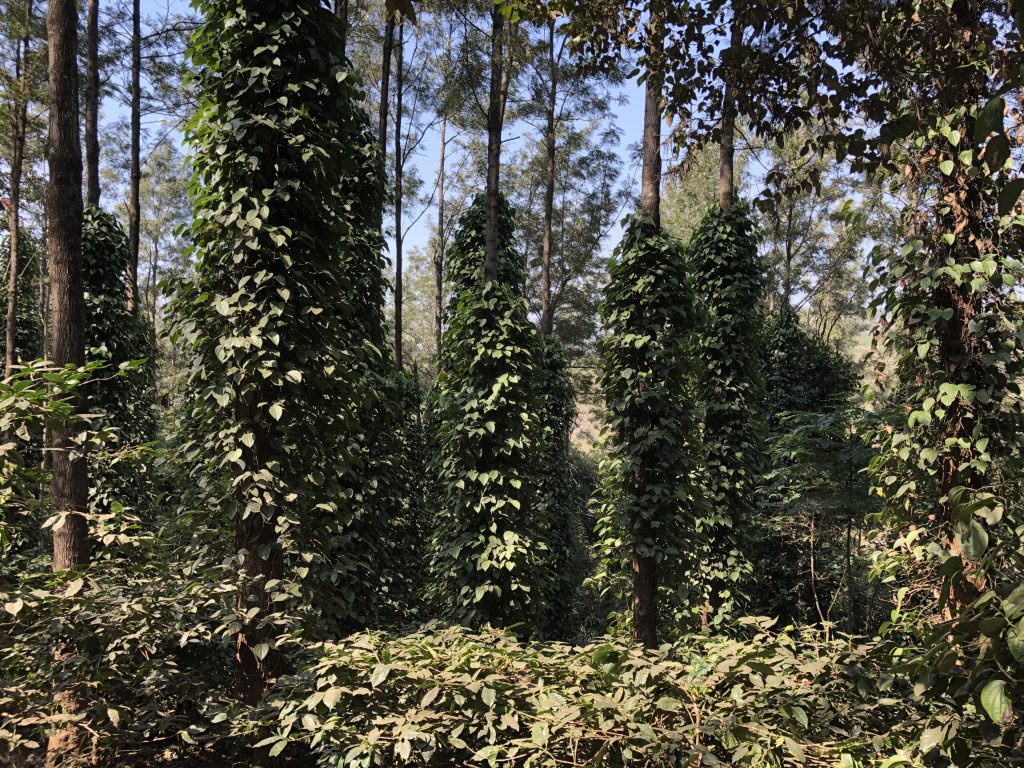
While the Western Ghats was known as the home of coffee in India, the Eastern Ghats had its little share of coffee plantations as well. Besides the Shevaroy Hills around Yercaud in Tamil Nadu, coffee was also introduced in Pamaleru Valley in the East Godavari District of Andhra Pradesh by the British. However, it was not until a century later when coffee found its roots in the Araku Valley.
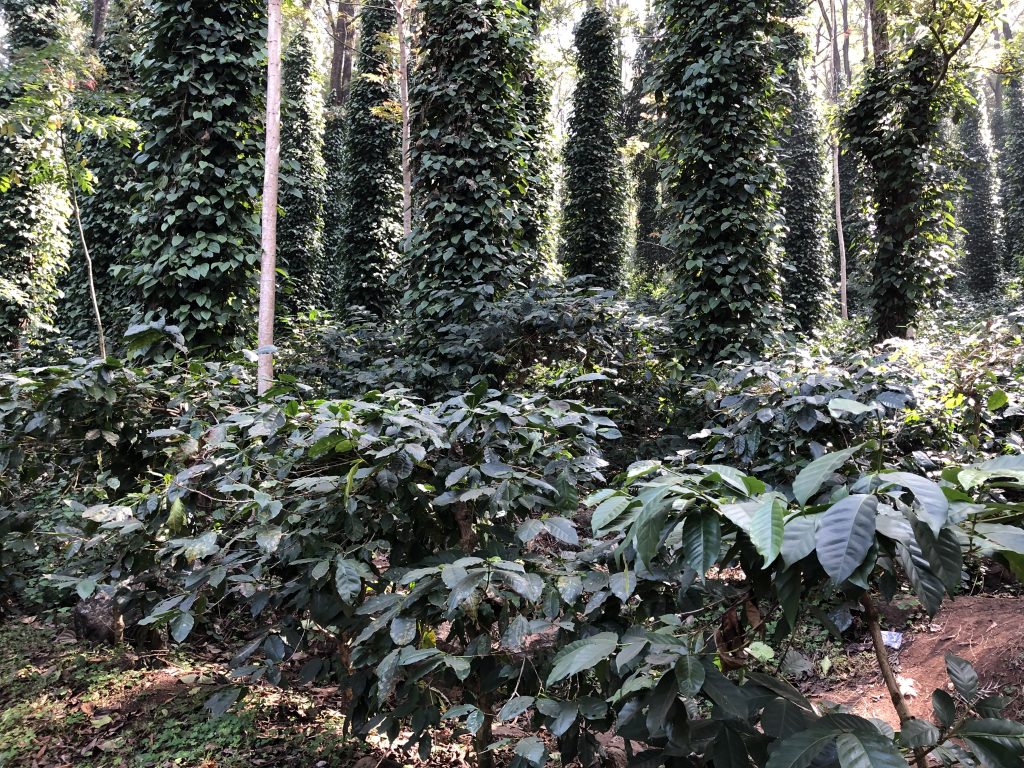
Yet the story began only in the 1950s. As the forest department took over the initiative, a cooperative called Girijan Cooperative Corporation came up to the fore to engage the tribal farmers in the cultivation and production. The dormant plantations were slowly regenerated and eventually private NGOS like Naandi Foundation took over the tribal empowerment initiative besides promoting the branded Araku Coffee to a global audience.
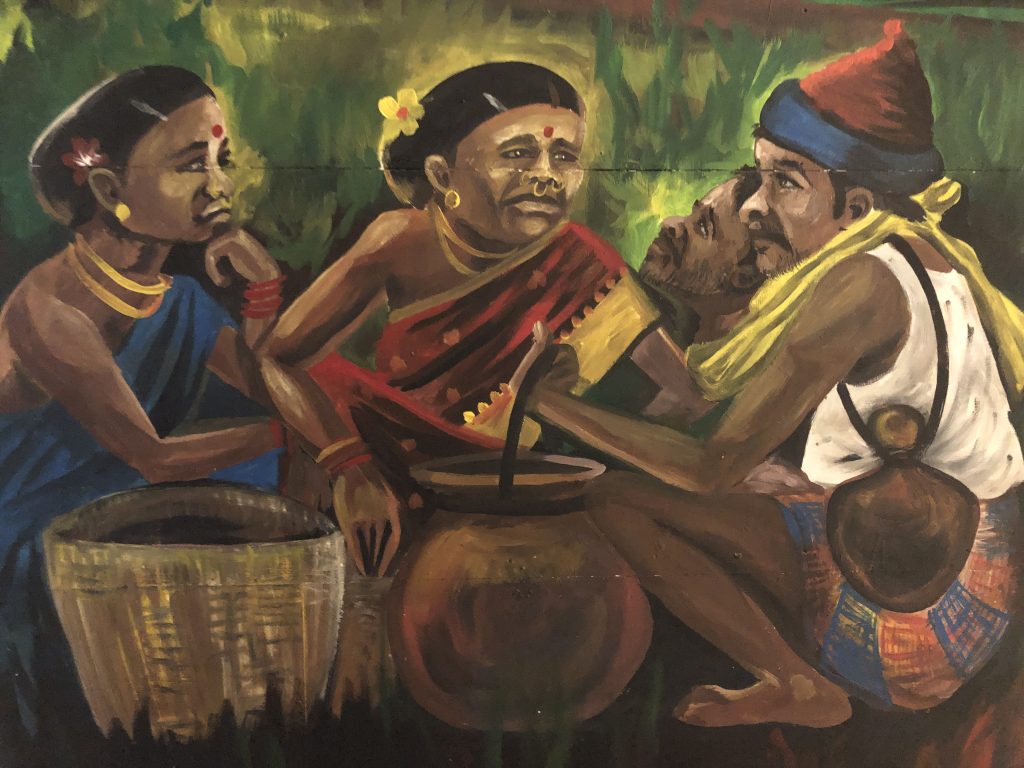
Today it is believed that over a lakh tribals are employed in cultivating this organic coffee around the valley as different organisations are supporting the initiative. While I sipped the organic coffee, I was told that Araku Coffee, originally grown by the Adivasi farmers has found global acclaim by winning the prestigious Gold Medal for the best coffee pod in the Prix Epicures OR 2018 Award in Paris, France. The award winning brand retails in Paris in France today in an exclusive cafe but in India, one can buy it online. But the various blends of coffee from the valley is sold by different cooperatives and NGOs while you can sample them on the streets as well.
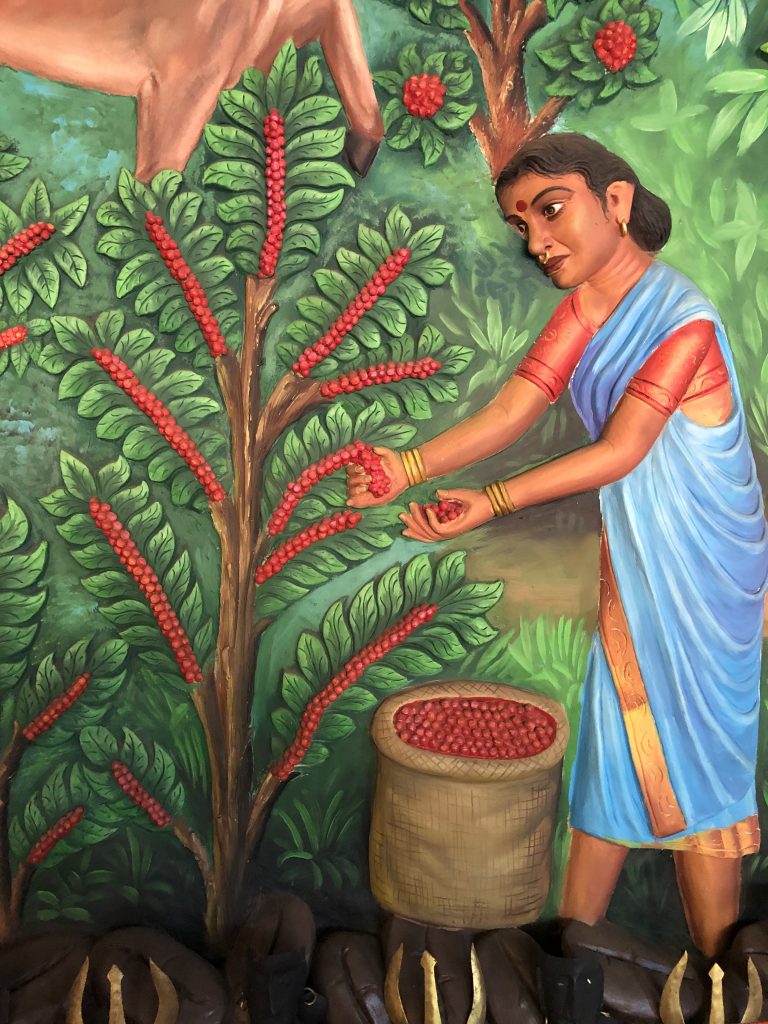
At the Araku Coffee Museum, I lose myself in the trivia and memorabilia that surrounds this bean. It is perhaps one of the most unassuming and charming museums I have seen. A little shop adjacent to the Araku Coffee Museum also sells chocolates with coffee. And as the bittersweet acidic flavour tickle the taste buds, I realize that the Araku Valley coffee here is the best-kept secret tucked away in the valleys and hills of the Eastern Ghats in Andhra Pradesh.
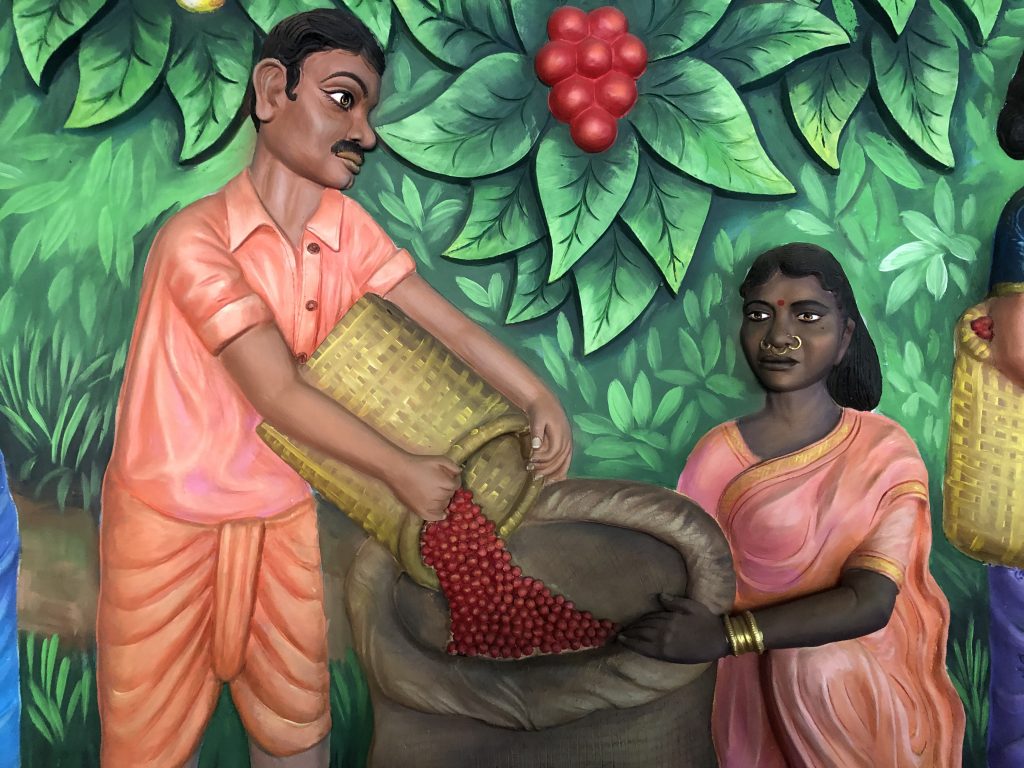
Have you tried the Araku Valley Coffee as yet? Which is your favourite coffee?
